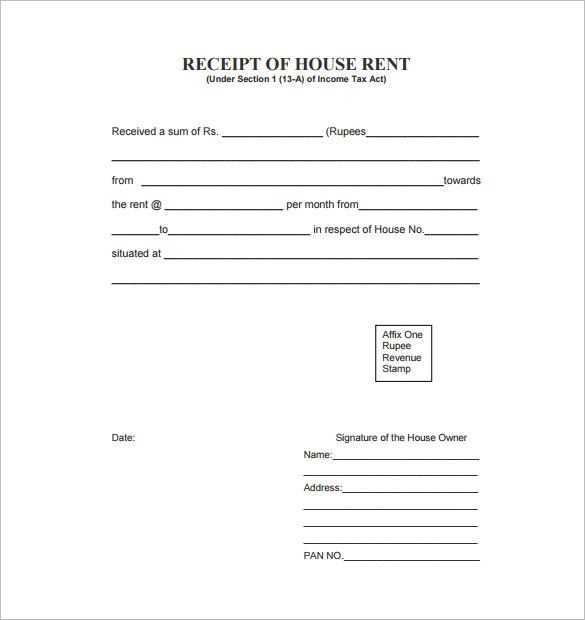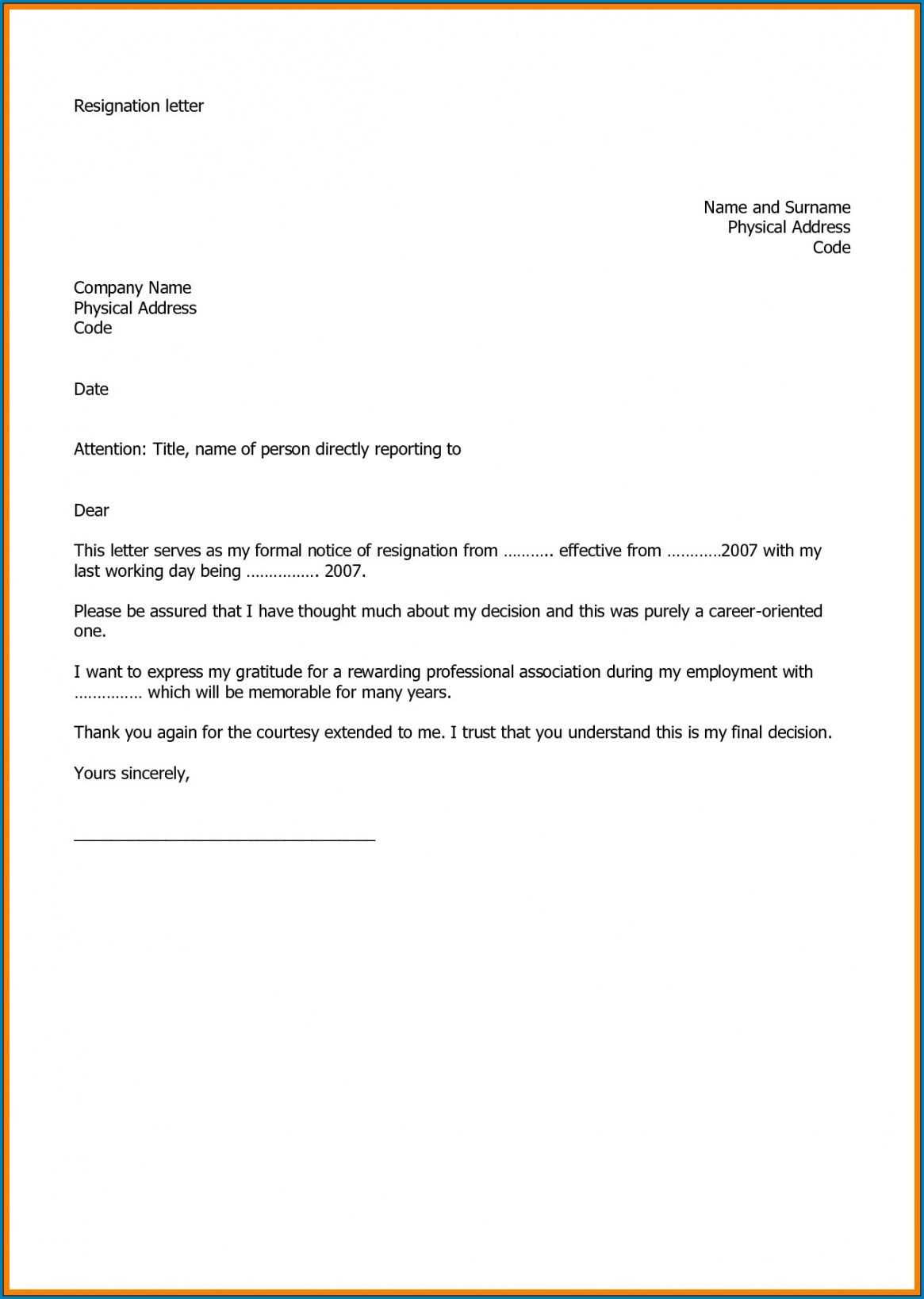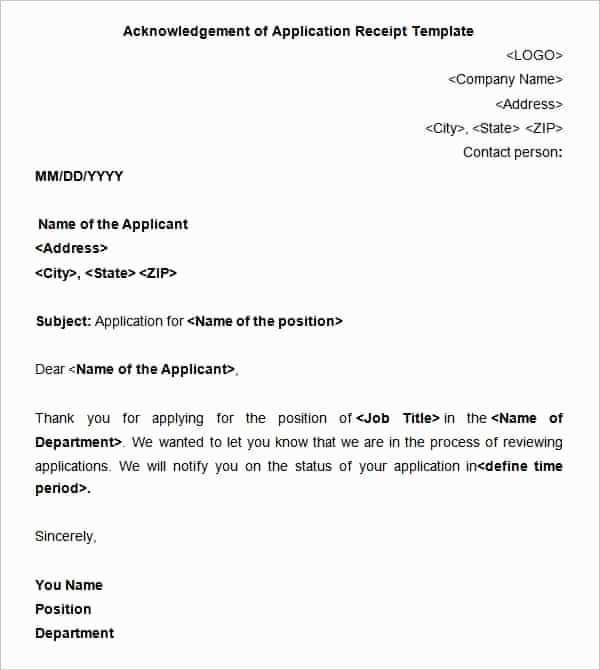
Always confirm document receipt in writing to avoid misunderstandings. A structured letter provides clarity and serves as a formal record. Whether acknowledging legal papers, business agreements, or personal records, a well-crafted letter ensures both parties understand the status of the exchange.
Include the recipient’s name, date, and a brief description of the documents received. Specify the number of pages or items if necessary. If additional actions are required, mention them to set clear expectations.
Use a professional but polite tone. Phrases like “We confirm receipt of…” or “The following documents have been received…” make the message clear. Avoid vague wording and ensure the letter is concise.
For legal or business purposes, retain a copy for records. If sending the acknowledgment via email, consider attaching a scanned version with a signature to add credibility.
A structured approach prevents disputes and keeps communication transparent. A ready-to-use template simplifies the process and ensures consistency in official correspondence.
Letter of Receipt of Documents Template
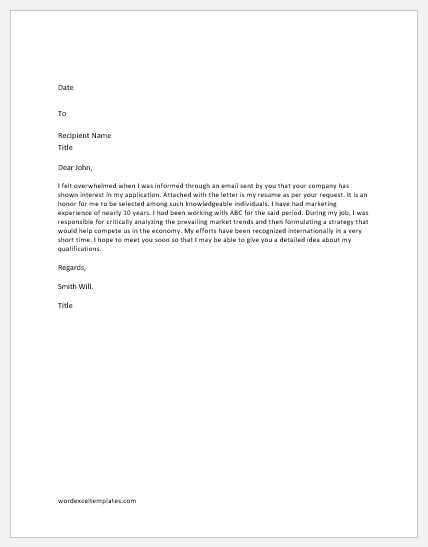
Subject: Acknowledgment of Received Documents
Dear [Recipient’s Name],
We confirm receipt of the following documents submitted on [Date]:
- [Document Name 1]
- [Document Name 2]
- [Document Name 3]
All materials are under review, and we will notify you if further information is required. If you need any updates, feel free to reach out.
Best regards,
[Your Name]
[Your Position]
[Your Organization]
Key Elements to Include in a Receipt Letter
Specify the date of receipt to establish a clear record of when the documents were received. This helps both parties track deadlines and responsibilities.
List the documents received, using bullet points for clarity. Include exact names, reference numbers, or descriptions to avoid misunderstandings.
- Sender’s and recipient’s details: Include full names, job titles, company names (if applicable), and contact information.
- Statement of receipt: Clearly confirm that the documents have been received in full and in good condition.
- Purpose of the documents: Briefly mention why the documents were submitted or what they will be used for.
- Next steps (if applicable): Outline any further actions expected from either party, such as review timelines or follow-ups.
- Signature or official stamp: If required, include a signature, company seal, or stamp to validate the receipt.
Keep the tone professional yet concise. Avoid unnecessary details and ensure the letter serves its purpose as a clear acknowledgment.
Proper Formatting for a Professional Acknowledgment
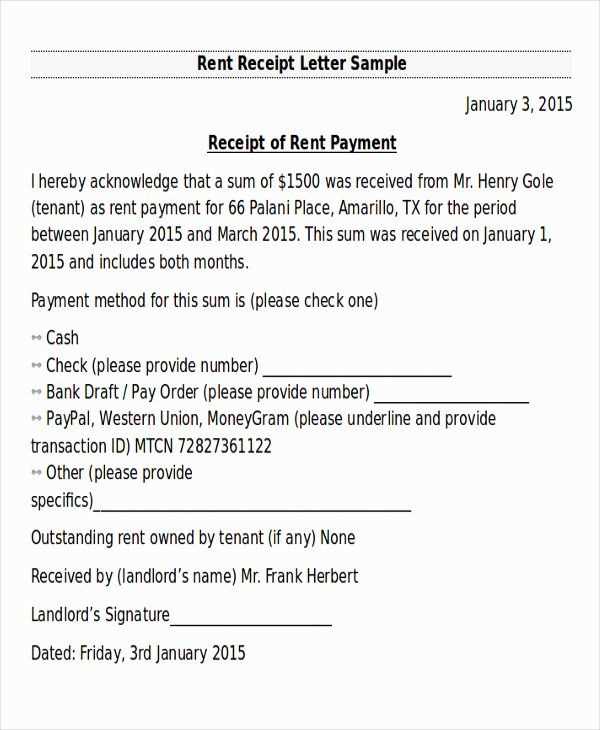
Use a clear and structured format. Start with the date at the top, aligned to the right. Below, include the recipient’s name, title, and organization, followed by their address. Maintain single spacing with a line break between sections.
Write a concise subject line. Place it before the greeting to clarify the purpose. Use direct wording, such as “Acknowledgment of Received Documents – [Document Name]”, to eliminate ambiguity.
Keep the opening professional. Address the recipient formally using their title and last name. If unsure, default to “Dear [Recipient’s Full Name]”. Avoid casual greetings.
Confirm receipt with specifics. Mention the exact documents received, including titles and reference numbers if applicable. A phrase like “We confirm receipt of [Document Name] submitted on [Date]” prevents misunderstandings.
Include next steps if required. If further action is expected, state it briefly. Example: “We will review the documents and respond by [Date].” If no action is needed, a simple confirmation suffices.
Close with a professional sign-off. Use “Sincerely” or “Best regards”, followed by your name, title, and contact details. Ensure alignment with the organization’s communication standards.
Common Phrases and Wording for Clarity
Acknowledge receipt clearly. Use direct language such as “We have received your documents on [date]” or “Your submission dated [date] is now in our records”. This eliminates ambiguity and confirms the exact details.
Use Concise Confirmation Statements
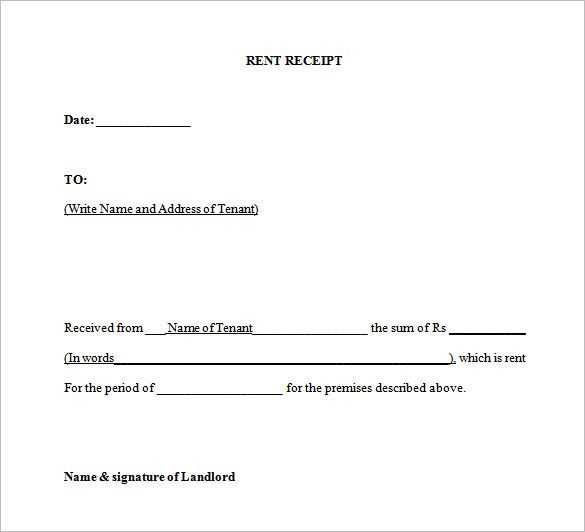
Instead of lengthy explanations, opt for straightforward phrasing. Examples:
- “This letter confirms receipt of [document name] submitted on [date].”
- “Your documents are under review. We will notify you if further information is needed.”
Set Expectations Clearly
If a response or next step is required, provide a timeframe and specific action. Examples:
- “You will receive a decision within [number] days.”
- “If any additional details are needed, we will contact you by [date].”
Avoid vague wording. Phrases like “at the earliest convenience” or “in due course” leave room for misinterpretation. Instead, use precise timeframes such as “by [specific date]” or “within [number] business days”.
Ensure a professional and polite tone. A simple closing such as “Please let us know if you need any further clarification” maintains a helpful approach without unnecessary formality.
When and How to Send a Receipt Letter
Send a receipt letter as soon as you receive the documents to confirm their arrival and assure the sender that they are in safe hands. A prompt response helps maintain trust and avoids unnecessary follow-ups.
Use professional yet concise language. Mention the sender, the type of documents received, and the date of receipt. If required, include any reference numbers or relevant details to make tracking easier.
Choose the right delivery method. Email is fast and widely accepted, but official or legal documents may require a signed hard copy. If unsure, ask the sender about their preferred format.
Keep a copy for your records. Store a digital or physical copy of the letter along with the received documents. This ensures easy retrieval if questions arise later.
Legal Considerations and Record-Keeping

Ensure that each receipt includes the date, sender’s and recipient’s details, a clear list of received documents, and a statement confirming their condition. Missing any of these elements can create disputes if questions arise later.
Retention Periods
Store document receipts for the duration required by local laws, which often range from several months to multiple years. For legal or financial records, longer retention may be necessary. Check specific regulations to avoid premature disposal.
Secure Storage
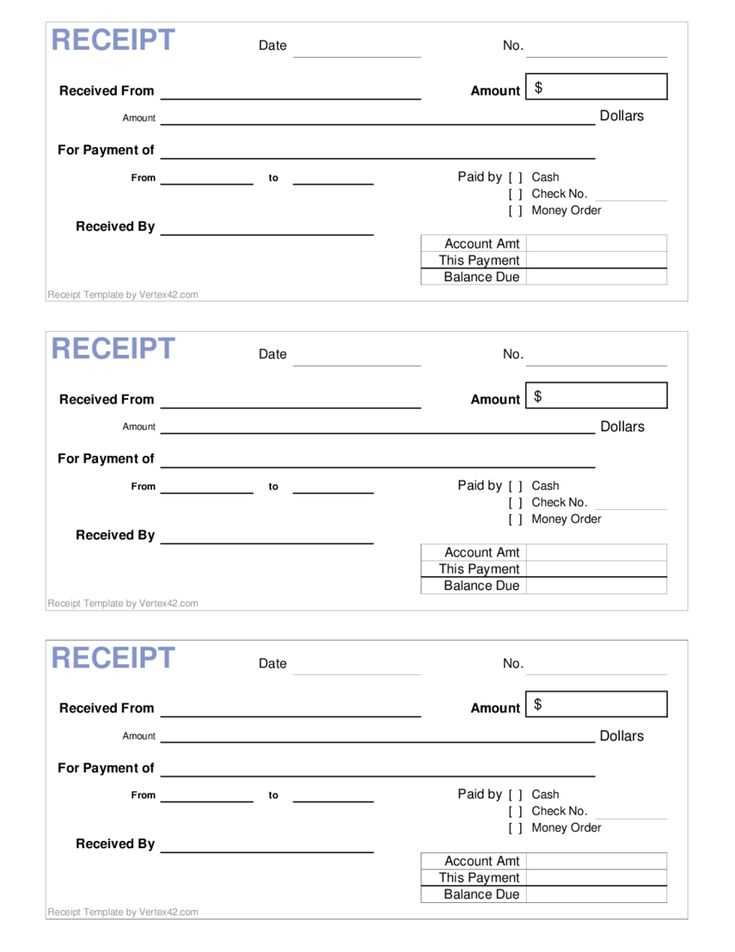
Keep physical copies in fireproof, locked cabinets and maintain digital backups with encryption. Regularly update access permissions to prevent unauthorized modifications. Using a version-controlled system helps track any changes over time.
Organize receipts by date and category for quick retrieval. If using digital storage, ensure filenames follow a consistent format, including dates and reference numbers. Well-structured records simplify audits, legal inquiries, and internal reviews.
Customizing the Template for Different Scenarios
Tailor your document receipt template to fit various situations by adjusting key details. Start by addressing the specific nature of the documents being received. If you are dealing with contracts or legal documents, include references to terms, conditions, or confidentiality clauses. For financial transactions, add information related to amounts, payment methods, and any deadlines for settlement.
Modifying Sections for Specific Document Types
Each document type requires unique customization. For example, if receiving invoices, it is useful to include fields for invoice number, total amount due, and payment date. When dealing with resumes or job applications, add sections for applicant details, position applied for, and any necessary qualifications. Customize sections like “Sender” and “Recipient” to reflect the specific details of the transaction or exchange.
Adjusting Format for Formality and Clarity
The level of formality in your letter can change depending on the recipient. For corporate or government entities, use a more formal tone, incorporating legal language and precise terminology. When sending acknowledgment letters for informal exchanges, like personal documents, a more straightforward and concise format is sufficient. Always ensure that the template remains clear and easy to read, regardless of the formality.
| Scenario | Customizable Fields |
|---|---|
| Legal Documents | Terms & Conditions, Confidentiality Clause |
| Invoices | Invoice Number, Amount Due, Payment Date |
| Job Applications | Applicant’s Name, Position Applied For, Qualifications |
By making these adjustments, you can ensure that your receipt of document template meets the needs of various scenarios, providing clarity and structure for each case.
